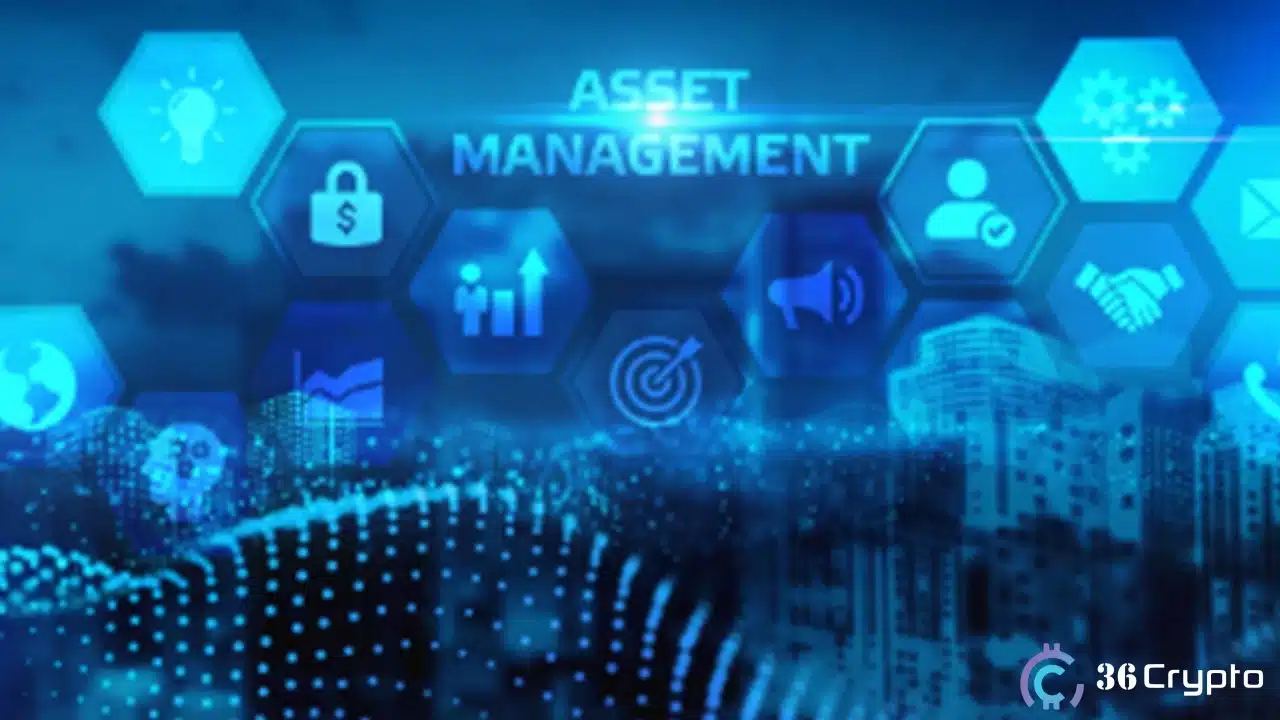Last updated on March 25th, 2025 at 09:12 am
Are you investing in cryptocurrencies? Learn how to manage your crypto assets the right way with our comprehensive guide to successful crypto asset management.
Managing your crypto assets can be a daunting task for first-time investors. From understanding the different types of digital currencies to storing your funds safely and developing an investment strategy, there are many elements involved in crypto asset management. With our comprehensive guide, you’ll learn everything you need to know about successful crypto asset management.
As the cryptocurrency market continues to grow and mature, it has become increasingly important for investors to manage their crypto assets effectively. Proper management of these assets can help to ensure long-term success. On the other hand, poor management can lead to losses and missed opportunities.
This article will explore the best practices and strategies for effective crypto asset management. We will also see the tools and resources available to help you succeed.
Understanding Crypto Asset Management
Crypto asset management begins with understanding how cryptocurrencies work and the different types of digital currencies available. To trade in crypto assets, you’ll need to learn about blockchain networks, tokens, coins, protocols, and wallets. You’ll also need to be aware of the different types of exchanges, their fees, and security protocols. Having an in-depth understanding of the fundamentals is essential for successful crypto asset management.
What is Crypto Asset Management?
Crypto asset management involves buying and selling digital assets that are used as investments while managing a portfolio in order to experience a general growth in value.
Managing assets is not necessarily a new thing, but managing crypto assets grew popular since the rise of cryptocurrencies. As a new investor, it is advised to general and simple information during your beginning days. Once you are grounded, you can further broaden your learning. This strategy will help you focus on the basics before you move on to more complex terms in your quest to be more experienced.
The general cryptocurrency market cap rose to over $1 trillion this month March 2023 when Bitcoin price surged over 13%. This shows the general growth of cryptocurrency as well as blockchain technology. As the trend continues to grow, investing in cryptocurrencies is attractive as ever.
Why is Crypto Asset Management Important?
Proper cryptocurrency asset management can give you insight and valuable information about digital assets. It can show you the growth of your portfolio over time. Crypto asset management can also give you information about which cryptocurrency assets to hold and also which to trade to make sure that you meet your financial goal.
Also, crypto asset management can help investors both new and old have a proper understanding of the market and help navigate the crypto space. It introduces investors to new asset classes and helps you grow your portfolio with various investment strategies like diversification, dollar cost averaging, holding, and other strategies which we will look at in the next section.
Strategies for Effective Crypto Asset Management
The previous section mentioned that cryptocurrency asset management helps crypto investors grow their portfolios through some strategies. Those strategies include:
- Diversification: The importance of spreading risk
- Dollar Cost Averaging: Investing over time
- HODLing: Long-term holding strategy
- Rebalancing: Adjusting your portfolio over time
- Active trading: Short-term trading strategies
Diversification
Diversification in cryptocurrency investment is a strategy that involves you spreading your cash across several crypto assets rather than focusing on just one. This strategy makes it easier for investors to earn more money from different sources. Also, diversification helps reduce the risk of loss in investing. It helps spread the risk across the various asset you have your money on.
If properly used, crypto diversification can help improve your portfolio. Since cryptocurrencies are highly volatile assets, diversification can help to mitigate the risk of losing all your money if your choice of the crypto asset goes south.
Dollar Cost Averaging
In addition to diversification, dollar cost averaging (DCA) involves making small and equal investments in assets over time. This is in contrast to making large and irregular buys on assets at once.
The goal of DCA is to take advantage of the market, especially in a bear run without risking much of your capital at any time. This also helps take emotions out of your decisions.
HODLing
HODL is an acronym in the crypto world that stands for “Hold On for Dear Life.” It is a popular word among crypto investors that is used to mean holding on long enough to an asset without selling it. This is a long-term holding strategy. The goal of using the HODL strategy is to keep patient and ride out the market volatility for a long time and eventually benefit from the long-term growth of a coin you purchased.
Rebalancing
This is a strategy that involves adjusting your portfolio over time. This involves periodic buying and selling of crypto assets to maintain a level of allocation and risk. This strategy can help investors manage the volatility of the market while still participating in the market upside.
Active Trading
This is a strategy that helps investors benefit from short-term price fluctuation. Investors who do active trading don’t hold crypto assets for a long time, rather they day trade to take advantage of volatility. Scalpers and swing traders are also referred to as active traders.
Tools and Resources for Crypto Asset Management
In order to be successful at managing your crypto asset, you have to be familiar with some tools. Some of those tools include:
- Crypto wallets: How to securely store your assets
- Crypto exchanges: Where to buy and sell cryptocurrencies
- Crypto portfolio trackers: Monitor your portfolio performance
- Tax reporting tools: Simplify tax reporting for your crypto investments
Crypto Wallets
Cryptocurrency wallets are software programs that allow you safely store your crypto assets. Crypto wallets simply help you store the private and public keys that give you access to your digital assets.
To know more, check out our comprehensive guide on cryptocurrency wallets for beginners.
Crypto Exchanges
A cryptocurrency exchange is simply an online marketplace where you can buy and sell cryptocurrencies. In some cases, crypto exchanges come with inbuilt wallets that help you hold your asset just in case you don’t want to move it to a personal wallet.
Check out our comprehensive guide on cryptocurrency exchanges to know more.
Crypto portfolio trackers
This is a tool that connects to your crypto wallet or exchange. It tracks and provides a comprehensive view of your crypto assets, showing your gains, loss, and income. When you have all your crypto data in one place, it will help you make some good decisions like when to rebalance or take profit. Crypto portfolio tracker helps you monitor your portfolio performance.
Tax reporting tools
These are tools that help you automatically calculate payable tax on your crypto investments. It takes away the stress of manual calculations which can be too much burden for many investors. The software tools are designed to track transactions, calculate your gain and losses and also generate reports. Crypto tax reporting tools help simplify tax reporting for your crypto investments.
Best Practices for Crypto Asset Management
In order to successfully manage your crypto assets, below are some best practices to follow:
- Stay informed: Keep up-to-date with market trends and news
- Be patient: Crypto investing is a long-term game
- Never invest more than you can afford to lose
- Keep emotions in check: Avoid making impulsive decisions
- Seek professional advice: Consult with a financial advisor or crypto expert
Conclusion
Effective crypto asset management is essential for long-term success in the market. By understanding the key strategies, best practices, and tools available, investors can make informed decisions and build a diversified portfolio that meets their goals. Remember to stay informed, be patient, and seek professional advice when needed. With the right approach, you can confidently navigate the exciting world of cryptocurrency investing.
FAQs:
Q: What is the safest way to store my crypto assets?
The best, safest, and most advisable way to store your crypto asset is by making use of a crypto wallet.
Q: Should I invest in a variety of cryptocurrencies or focus on a few?
It is advised that you diversify your crypto portfolio by investing in a variety of cryptocurrencies rather than facing one.
Q: How often should I rebalance my portfolio?
It is recommended that you check your crypto portfolio every 4-6 months and make adjustments. The ideal frequency of rebalancing is quarterly.
Q: Do I need to pay taxes on my crypto investments?
Since cryptocurrency is classified as property or a digital asset by the IRS, it is important that you pay taxes on your investments.


